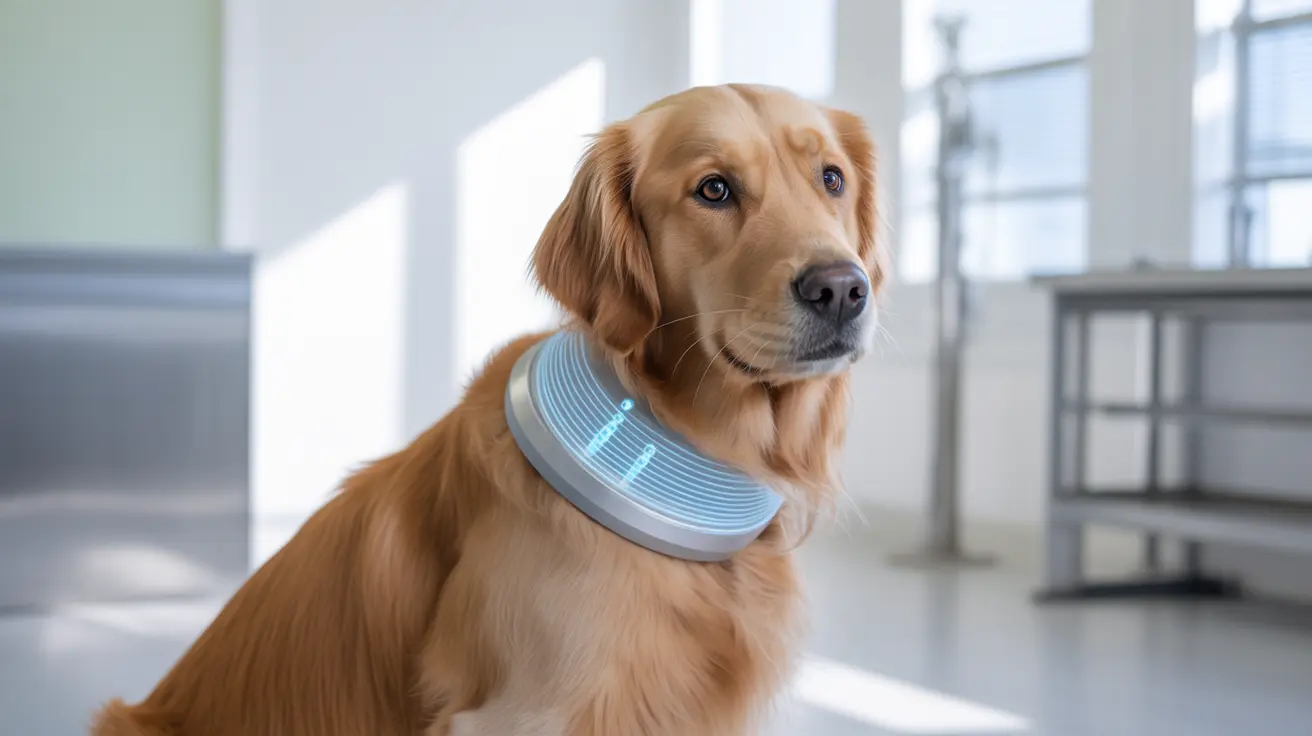Effective Home Remedies for Pododermatitis in Dogs
Pododermatitis is a condition characterized by inflammation of the paws or feet in dogs. This uncomfortable disorder can affect various parts of the paw, including the
interdigital spaces, paw pads, nail folds, and nails. Pet owners often notice signs such as redness, swelling, pain, ulcers, and excessive licking or chewing of the feet. While veterinary care is essential for diagnosing and addressing the underlying causes, several
home remedies can provide relief and support recovery.
Common Symptoms of Pododermatitis
- Redness and swelling
- Persistent licking or chewing of feet
- Hair loss around the paws
- Brown or reddish staining from saliva
- Discharge or ulcers
- Scabs, crusting, or thickened pads
- Lameness or abnormal gait
Causes to Consider Before Applying Home Remedies
Before initiating any home remedy, it’s important to consider possible causes of pododermatitis, which may include:
- Bacterial, fungal, or parasitic infections
- Allergies (environmental, food, or contact)
- Foreign bodies (grass seeds, splinters)
- Hormonal imbalances
- Immune-mediated conditions
- Structural paw abnormalities
- Tumors or neoplasia
If the symptoms are severe or persistent, veterinary consultation is advised to rule out underlying systemic conditions.
Safe and Helpful Home Remedies
Home care can be particularly helpful as a supportive measure. Here are effective at-home treatments:
1. Epsom Salt Soaks
Soaking the dog’s paws in a warm
Epsom salt solution (1–2 tablespoons in a quart of water) can help reduce inflammation, swelling, and promote drainage of abscesses.
- Soak affected paw(s) for 5–10 minutes, twice daily
- Dry thoroughly afterward
2. Antiseptic Washes
Using diluted
chlorhexidine or
iodine-based solutions can help clean the paws, preventing bacterial buildup and secondary infections.
- Dilute antiseptic solution to safe levels (follow vet guidance)
- Soak or gently wipe the paws, then rinse and dry
3. Foot Hygiene
Maintaining paw hygiene can alleviate pododermatitis and prevent complication.
- Rinse feet after walks
- Dry thoroughly, especially between toes
- Trim excess fur around the pads to reduce moisture retention
4. Cold Compresses
Apply
cool compresses to inflamed paws for 5–10 minutes to ease discomfort and reduce swelling.
5. Protective Footwear
Consider using
dog boots or paw protectors during walks to minimize contact with allergens or irritants, especially on hot pavement or chemically treated surfaces.
6. Restrict Licking and Chewing
Excessive licking can aggravate the condition. Employ methods to minimize self-trauma:
- Use an e-collar (cone) to prevent licking
- Apply pet-safe bitter sprays if recommended by a vet
7. Dietary Attention
Since allergies can be a major cause, consider:
- Switching to hypoallergenic or limited-ingredient diets
- Eliminating common allergens like chicken, beef, or grains
- Using omega-3 fatty acid supplements to support skin health
When to Seek Veterinary Care
While home care can help manage symptoms, it’s critical to consult a veterinarian if symptoms:
- Persist for more than a few days
- Are accompanied by pus, a foul odor, or fever
- Lead to visible sores, ulcers, or lameness
Comprehensive diagnosis may involve skin scrapings, cytology, biopsies, or lab tests to identify underlying problems. Treatment may require antibiotics, antifungals, anti-inflammatories, or targeted therapies.
Breed Predisposition and Prevention Tips
Some breeds like Bulldogs, Boxers, Shar Peis, Spaniels, and Retrievers are more at risk due to paw structure or immune sensitivities. For prevention, adopt these practices:
- Inspect paws regularly for foreign bodies, redness, or moisture
- Clean and dry paws after outdoor play
- Keep nails trimmed and remove excess hair between pads
- Manage weight and provide balanced nutrition
- Address allergies proactively with vet guidance
Conclusion
Home remedies for pododermatitis can play a vital role in relieving discomfort and preventing complications. Regular paw care, antiseptic treatments, and attention to diet and hygiene form the cornerstone of at-home management. However, if symptoms persist or worsen, professional veterinary evaluation is essential to properly identify and treat the root cause. With attentive care, most dogs recover well from this condition and maintain healthy, happy paws.





